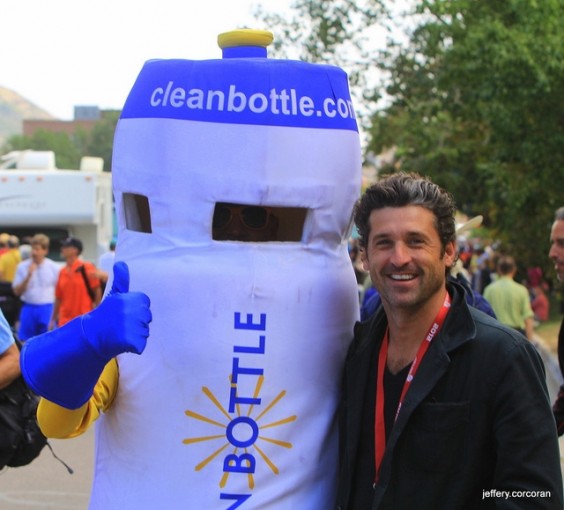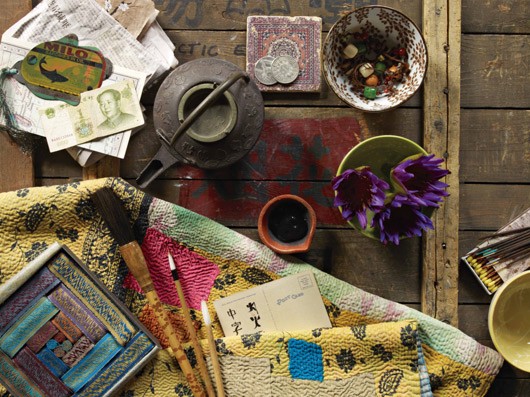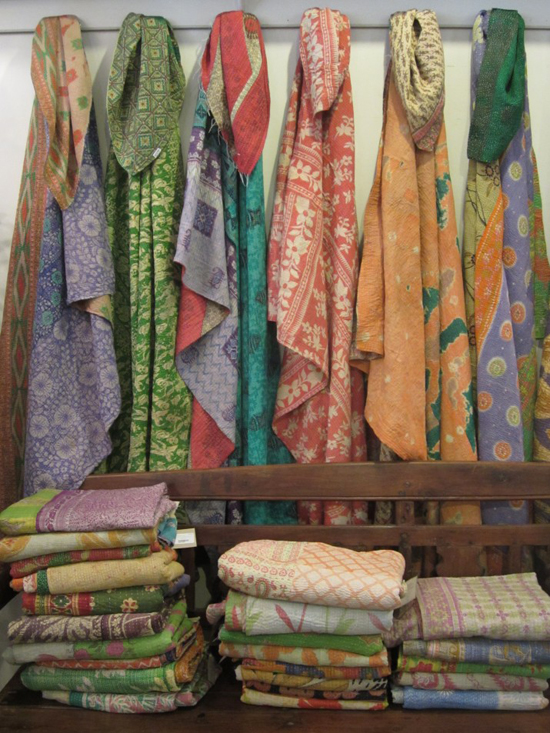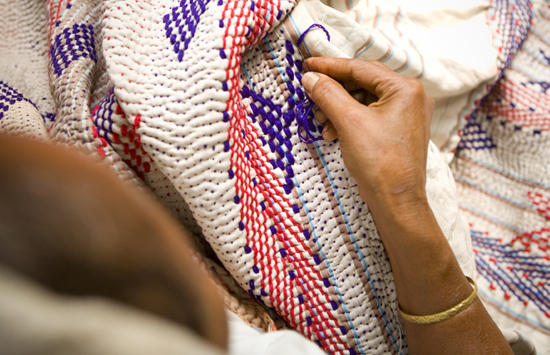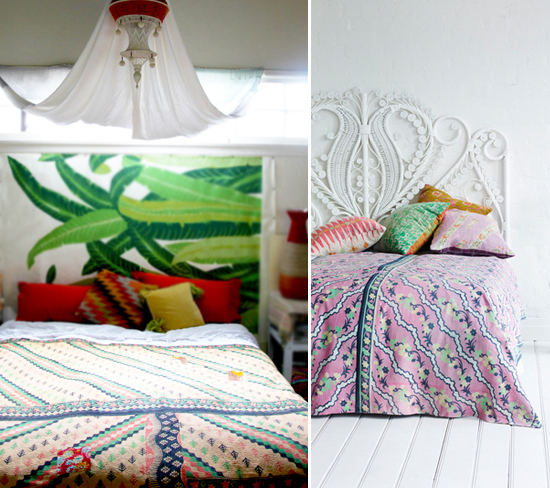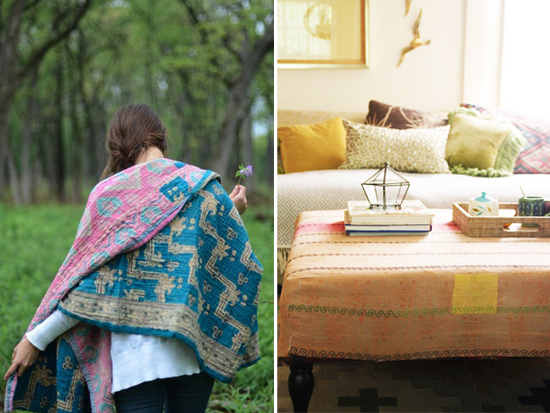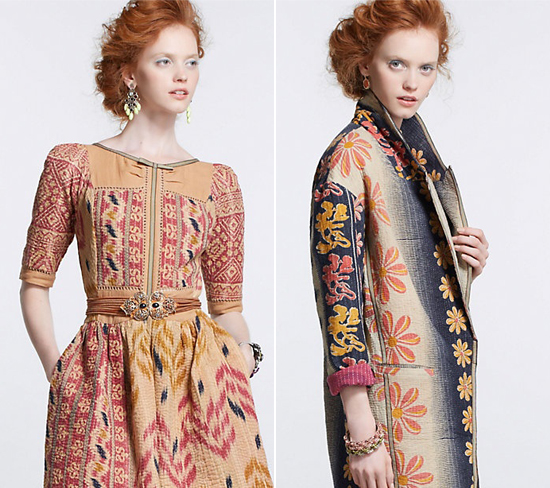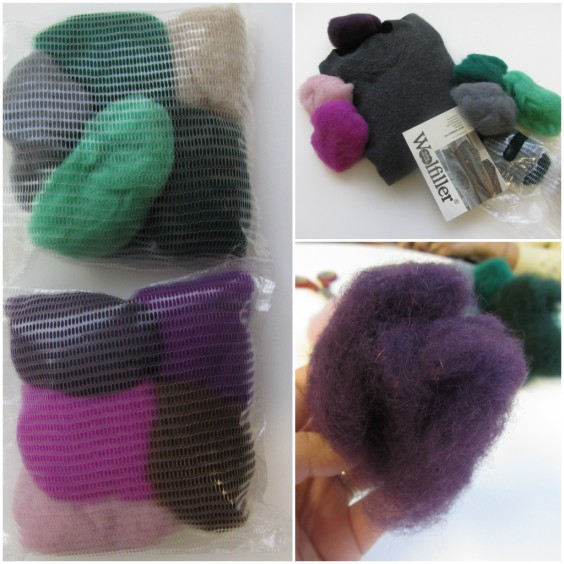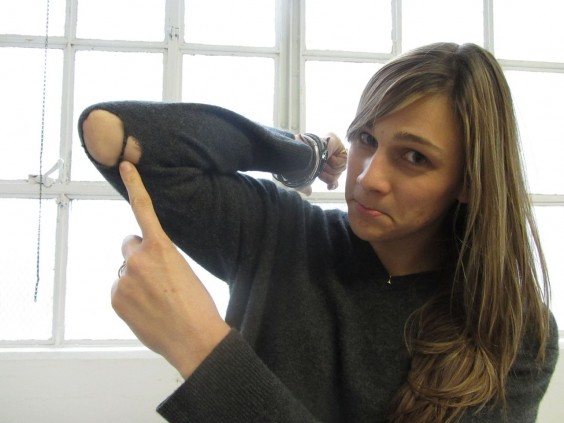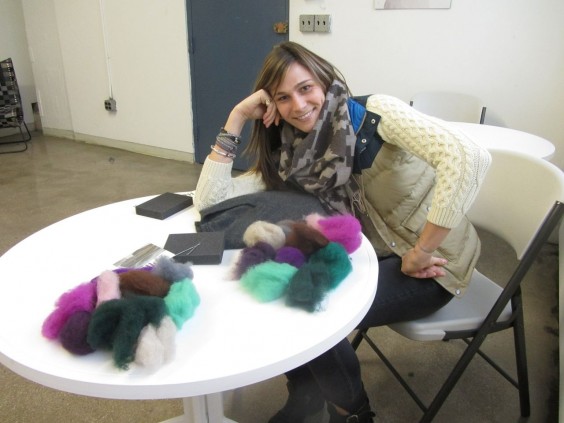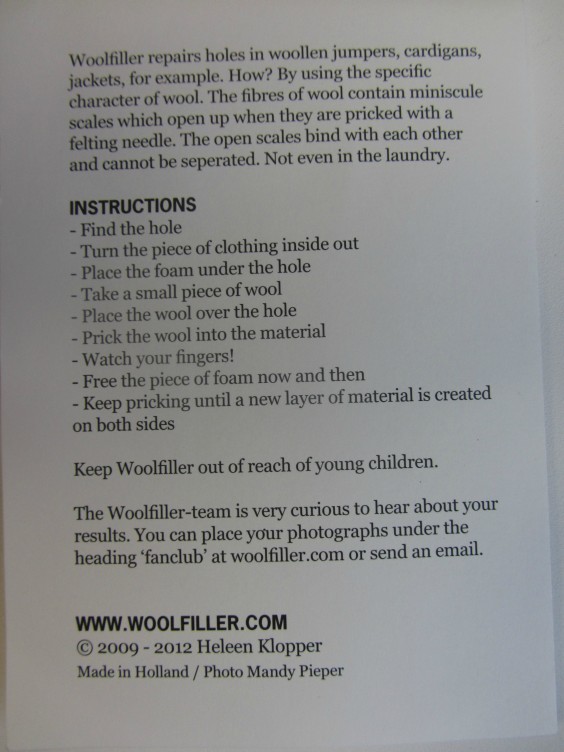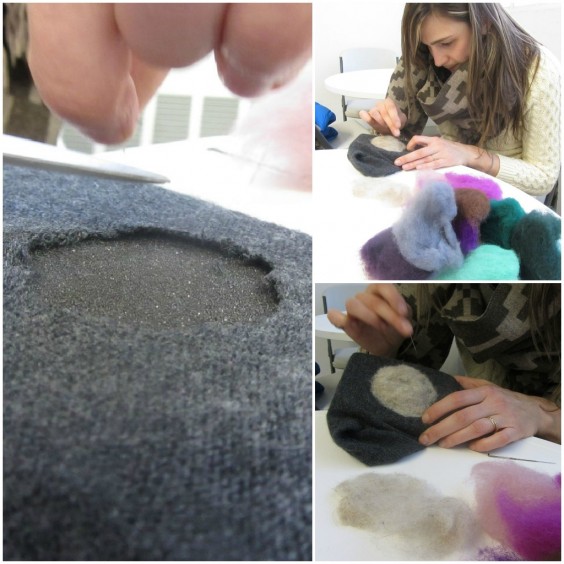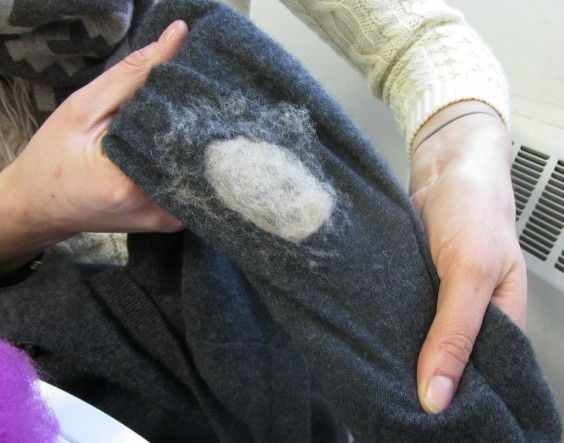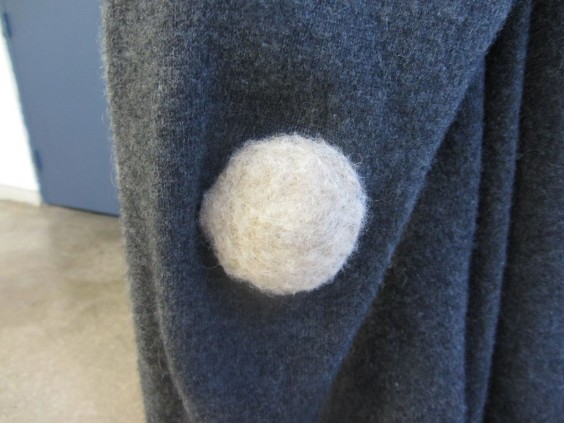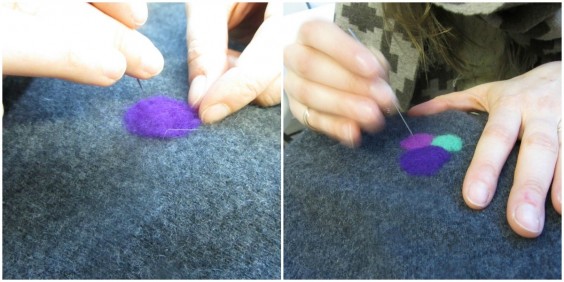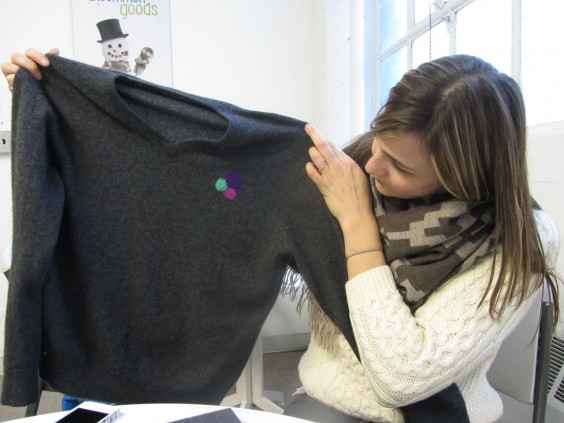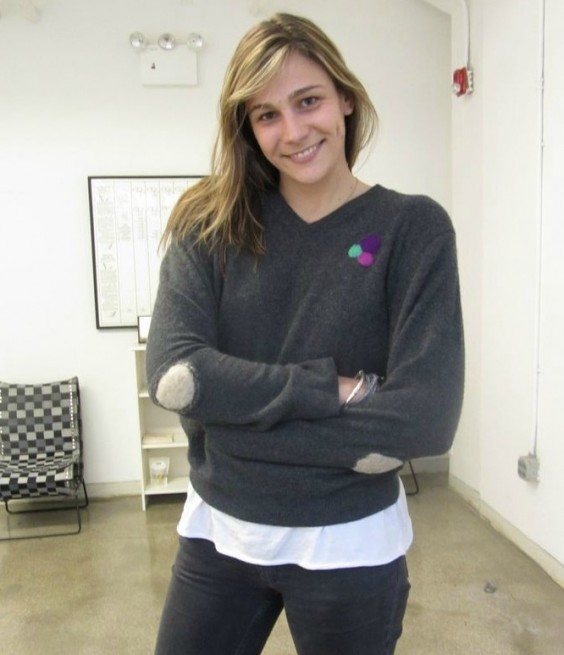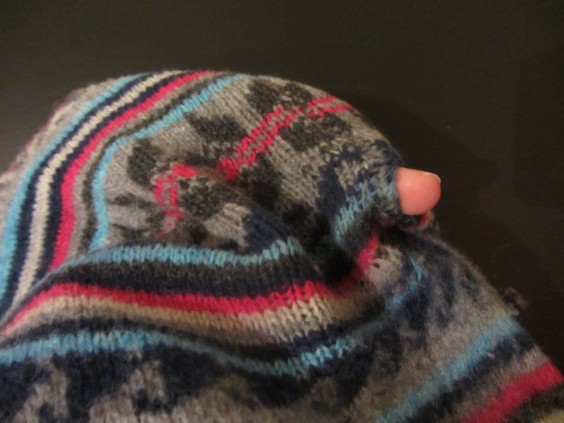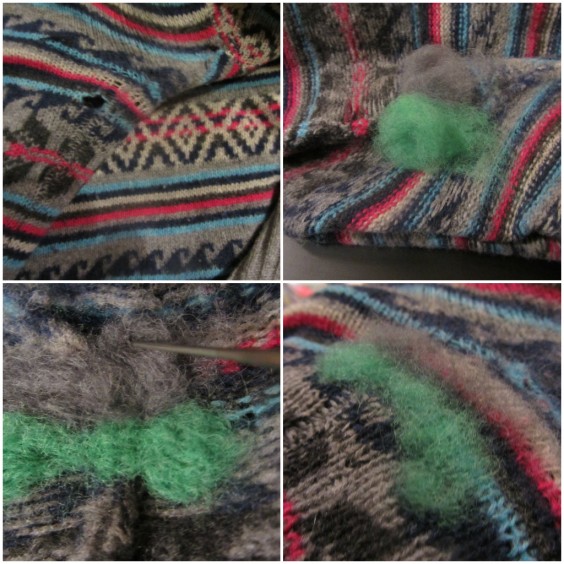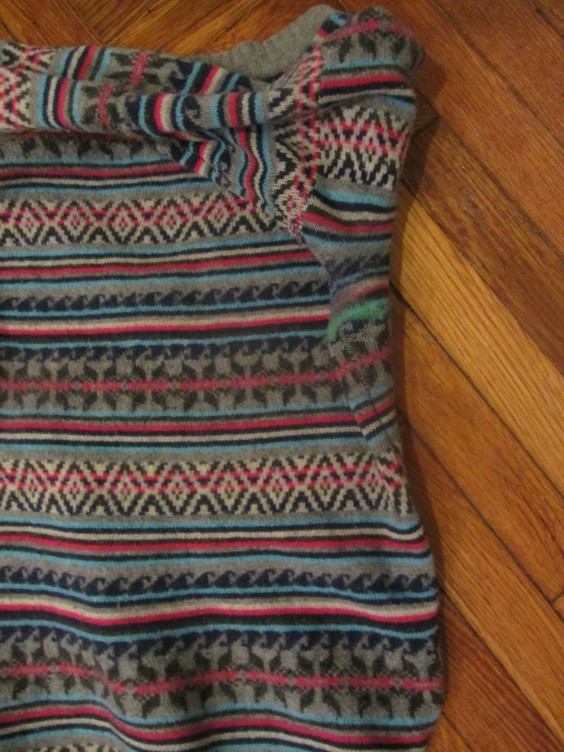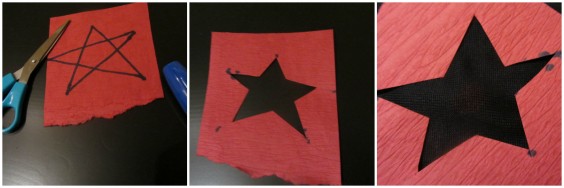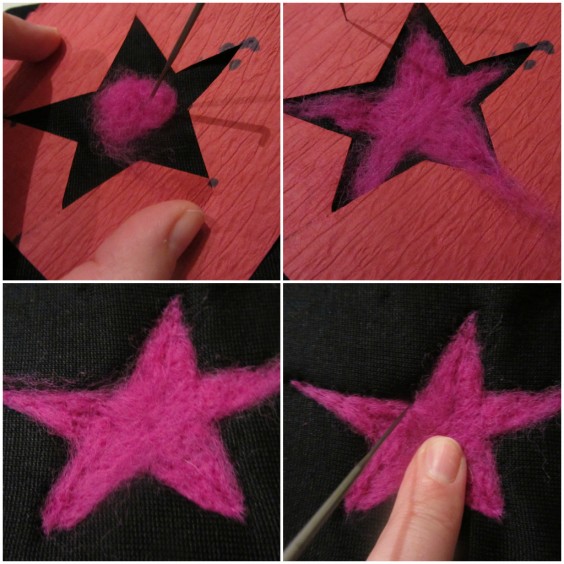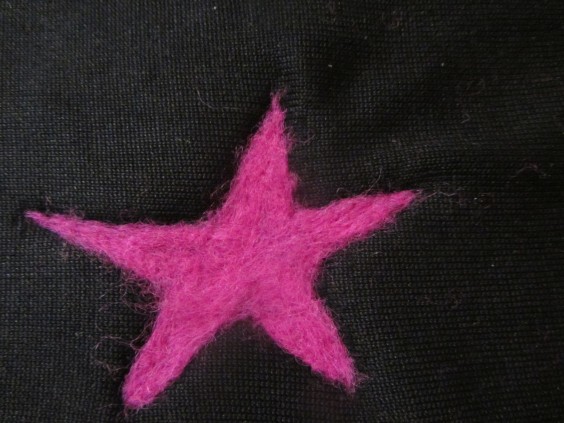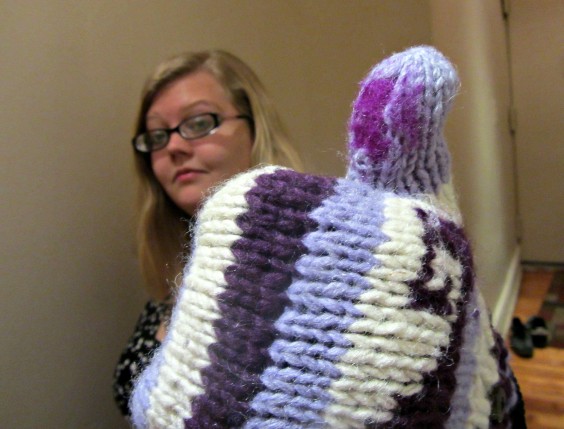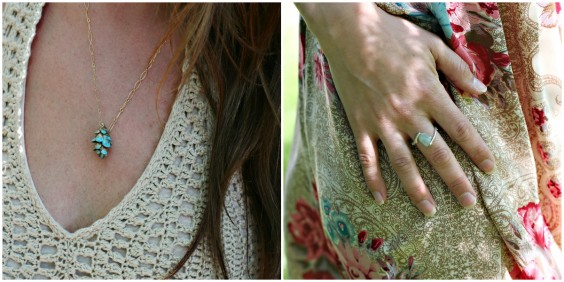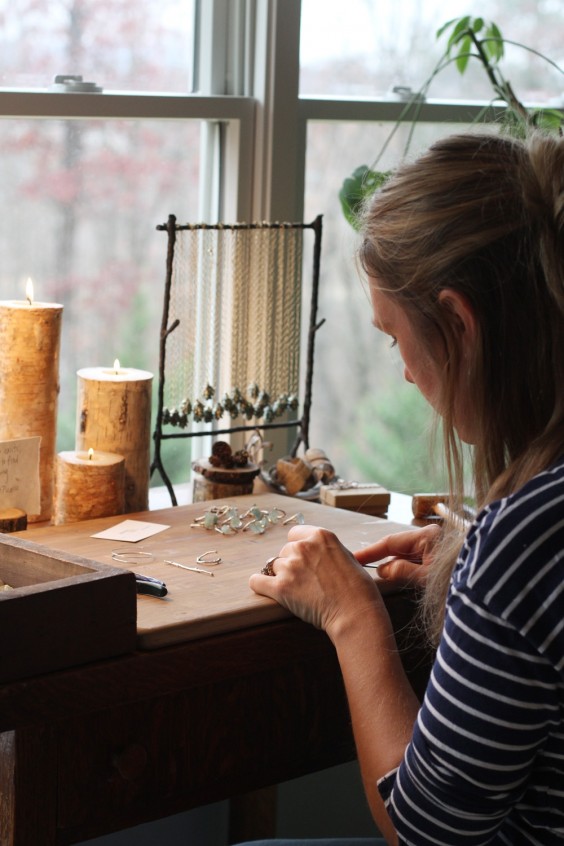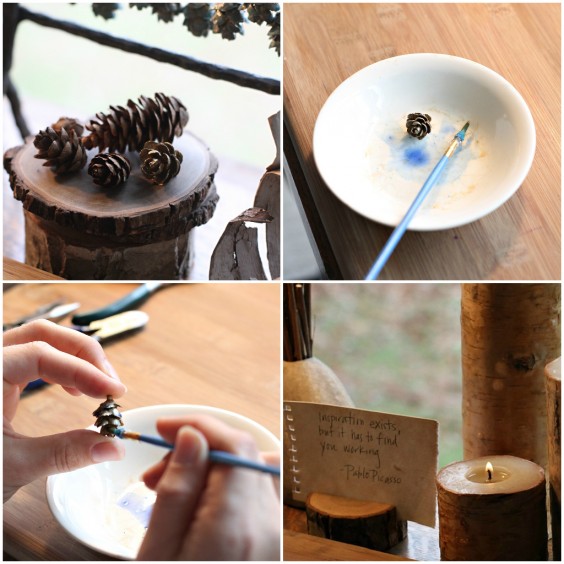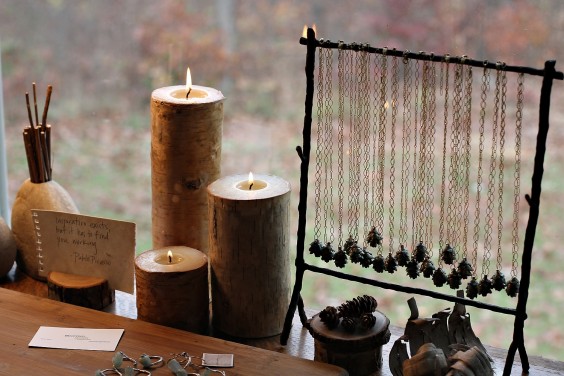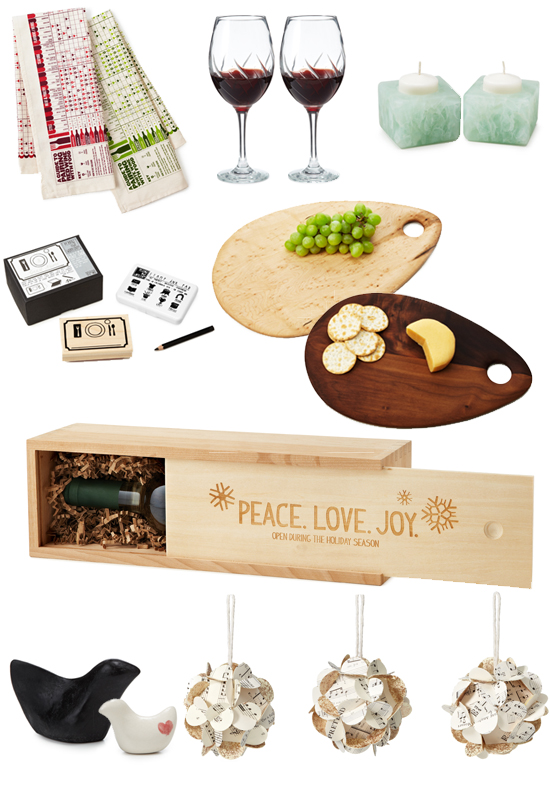That stinky muck that likes to lurk in the deepest, darkest parts of your drink bottle finally met its match–but only after inspiring Clean Bottle founder Dave Mayer to invent a better bottle.
The moldy mess lead to the creation of an innovative product–a sports bottle that opens on the top and bottom to allow for complete cleaning, but Dave, a triathlete himself, and his team of designers and engineers weren’t done there. Realizing that the design could still be improved, the team set to work to create the Square Water Bottle.
“I saw that everyone was carrying water bottles but they all had the same dull ‘fuel canister’ look and had some real design flaws,” said Dave. “We wanted to create a bottle that was as aesthetically pleasing as the clothes, handbags, shoes and phones that people also carried with them.”
The shape wasn’t hard to come up with. A square bottle makes sense, because it won’t roll away if knocked over or accidentally dropped. The challenge was making the product they envisioned a reality. It took time, but after around 40 mock ups and prototypes the Square Bottle was born. “Our final product stayed mostly true to the original design,” said Dave. “It took longer to not make compromises but it was worth it.”
The Square Bottle, like it’s predecessor, the original Clean Bottle, is easy to clean, because it screws open at both ends. It’s also durable, because the body is made of durable stainless steel, while the BPA-free plastic Vibrant Fresh Taste Lid ™ keeps your drink from taking on a metallic taste. The bottle is also slim enough to fit in a cup or bottle holder and is complete with an ergonomic handle, so it’s comfortable to take on the go.
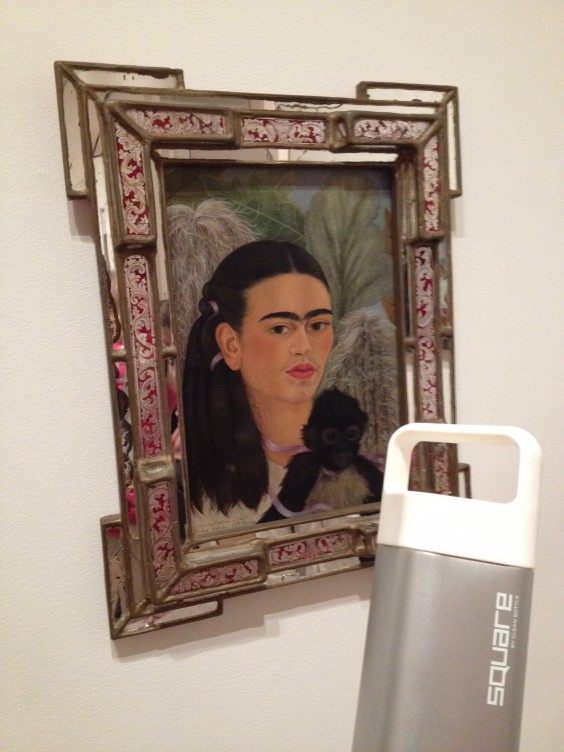
Creating something that had never existed was no easy task, but time, collaboration, and hard work made it possible. “It was extremely difficult to do a Square bottle – there is a reason no one has done it, but we wanted something totally unique,” Dave,who uses the product himself every day, explained.
“People either want the cheapest or they want the best,” he said. “Aim to be one of these two and create a truly unique product and you will succeed.”



